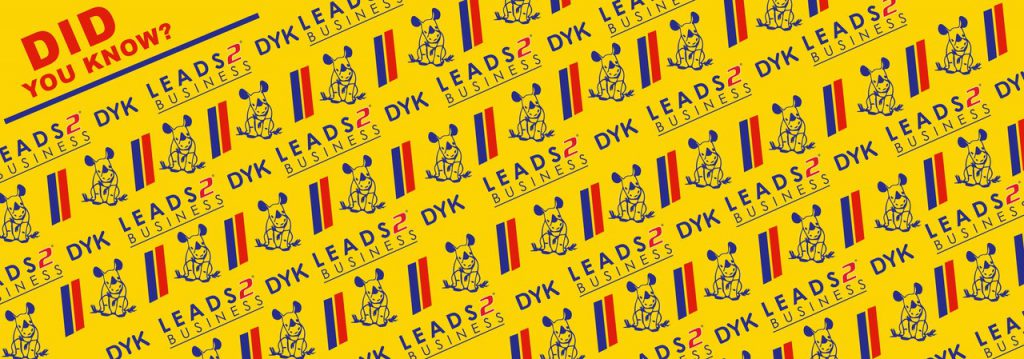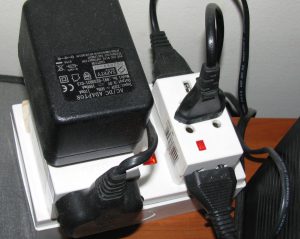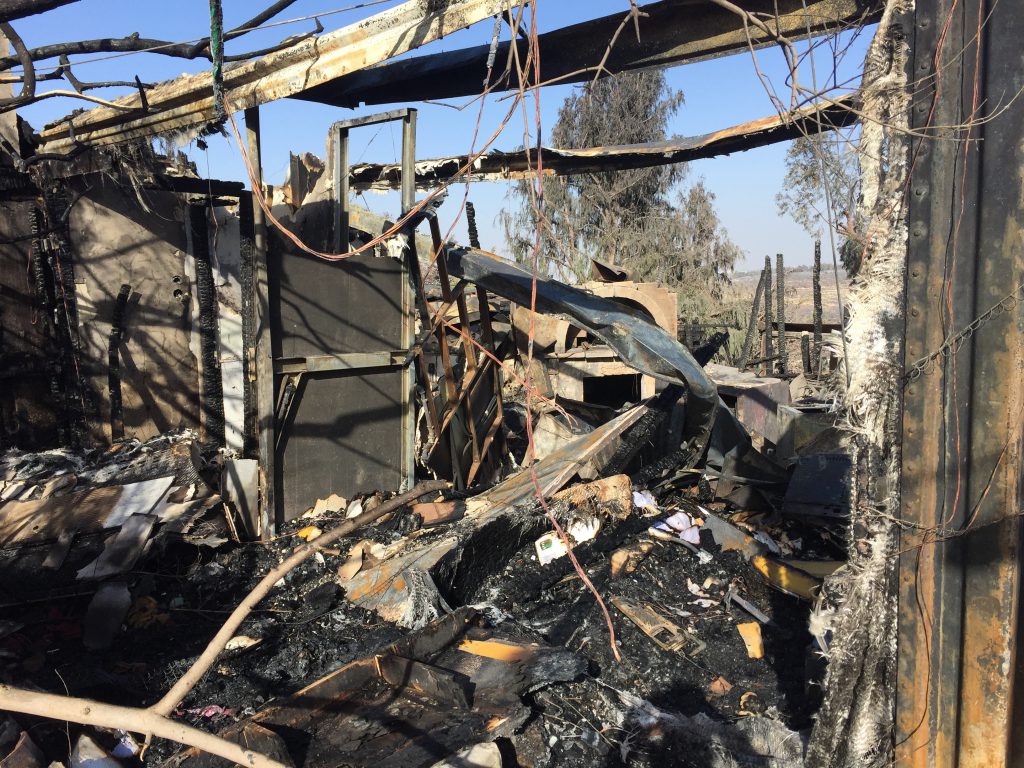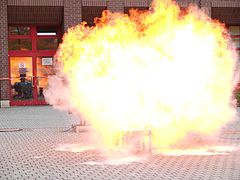About Elaine Cockcroft
I started working at Leads 2 Business in January 2016 and form part of the sales team as Account Executive based in Gauteng.
I started working at Leads 2 Business in January 2016 and form part of the sales team as Account Executive based in Gauteng.
Interesting facts about Fire

Doing my diligent research for my blog I found some really interesting facts about fire, and I mean “interesting interesting” not “creepy interesting” like I am a budding pyromaniac looking for ways to burn down the world…..
Hearing the word “FIRE!” would strike fear and panic in anyone’s world. From a young age we are taught to respect (mainly fear) fire, it’s drilled into us how dangerous it can be…..don’t get too close, and more importantly…don’t play with fire (I can still remember that as a child I was told “If you play with fire, you will wet your bed”)…..that saying still pops into my mind when I see people standing around the social fire, maybe poking it with a branch to move the coals around, to get air underneath to make it burn better.

DID YOU KNOW? Fire is a triangle! In order for a fire to burn it needs 3 components: fuel, oxygen and heat. If one is missing, the fire dies! Those three components each have different methods of being extinguished. Fuel: remove the source, the fire dies! Oxygen: smother the fire with dirt, sand, chemical agent or blanket, the fire dies! Heat: cover with water, powder or foam, the fire dies!
DID YOU KNOW? A small candle will burn at 1800 degrees Fahrenheit (1000 degrees Celsius). A candle flame is blue at the bottom as this is the freshest source of oxygen and yellow at the top, partly due to the rising fumes from below which partly suffocate the upper half of the flame.

DID YOU KNOW? The flame is the visible part of the fire. The colour of the flame can be a result of what fuel is being consumed. Sodium colours the flame yellow, calcium red and potassium blue. Oxygen supply can also affect the colour of the flames. Low oxygen will give off a yellow glow and a high oxygen fire burns blue. But that is not all. Temperature can also play a role in the colour of the flames. From just visible to cherry red ranges from 980 – 1800 Fahrenheit (525 – 1000 Celsius), deep orange to clear orange 2000 – 2200 Fahrenheit (1100- 1200 Celsius) and whitish to dazzling ranges from 2400 – 2700 Fahrenheit (1300 – 1500 Celsius). Sounds like a rainbow, albeit a very dangerous rainbow!

DID YOU KNOW? Fire makes water? It’s true. Place a cold spoon over a candle and you will observe the water vapour condense on the metal…(I have not tried this because with my luck it will take a while and I will get my fingers burnt as the spoon heats up)
DID YOU KNOW? Earth is the only known planet where fires can burn! There is not enough oxygen anywhere else…..
DID YOU KNOW? Most house fires start in the kitchen and often start from overheated grease and unattended cooking. Electric stoves are responsible for more fires than gas stoves. Well, if that is not a sure sign that there should be a lot more takeout in my life and less dangerous cooking then I don’t know what is…….
DID YOU KNOW? It is unknown who actually invented the fire hydrant. Ironically the patent was destroyed by a fire in the US Patent Office in 1836.

DID YOU KNOW? Mixing cotton wool and super glue is a big No No (unless you are lost in the woods at night and only have a first aid kit with you which has these 2 items and you need to start a fire to keep warm and protect you from any wild animals). Applying enough super glue (cyanoacrylate) to cotton wool results in a rapid chemical reaction that could release enough heat to catch on fire…. (I was not brave enough to test this!)
Fire is mesmerizing, hypnotic, beautiful, scary, destructive, fierce, calming, consuming…. many many more adjectives come to mind.
Do you have any interesting DID YOU KNOW facts about fire? Would love to hear from you.
Sources:
http://www.todayifoundout.com/index.php/2011/11/super-glue-chemically-reacts-with-cotton-and-wool-to-generate-enough-heat-to-start-a-fire/
If you are interested in becoming one of our subscribers, please visit our website.
To view notes with screenshots on how to use our website, please visit our Wiki site.
To view more articles, please visit our blog.
I started at Leads 2 Business in April 2008 in the tenders Department and transferred to the Projects Department during the same year. I was appointed Head of Department for Projects from February 2011 to March 2022. April 2022 I started a new adventure as Content Regulator.
Fire Risks

Since the early dawn of man, the discovery of fire has brought us progress in every way. A discovery that has pushed the human race beyond grunting and digging for roots, catapulting us into the future. It has provided us with warmth, transport, cooked meals and a living environment that is far more convenient and healthy.
Fire brings a risk of injury and/or death. The importance of treating fire with respect and a mental presence is pertinent to everyone’s wellbeing. This article will give you an overview of some of the risks that fire brings.
Fire requires three elements to start; heat, fuel & oxygen. Stupidity might be added as a fourth for a safe measure as this seems to be a common factor. Examples of fire hazards will include but are not limited to: objects generating heat, faulty electrical equipment, overloading of power supply sockets, smoking, human error and negligence as well as meteorological events (lightning).

Hoarding is considered to be one of the major contributors towards fire hazards. Hoarding is defined as the persisted collection and accumulation with an inability to relinquish a large number of objects. Hoarding might include variable objects and materials that humans collect and store causing clutter that will be the fuel for any fire. The rule of thumb is that if you haven’t used it for two months then get rid of it. It is not worth getting your mono-brow or ponytail singed by fire as a direct cause of your hoarding.

Whilst the list of materials posing possible fire risks is endless, the common list would include: flammable liquids of all kinds, gas, and fabric etc. It is of value to know the flash point of flammable material that you might utilise and or store on your premises.
The flashpoint of a volatile flammable material is the lowest temperature at which the vapours of the material will ignite when given an ignition source. The flash point is often confused with the autoignition temperature, which is the temperature at which the vapour ignites spontaneously on its own without an ignition source. The fire point is the lowest temperature at which the vapours of the material will continue to burn after being ignited and the ignition source has been removed. The fire point is higher than the flash point because at the flashpoint more vapour may not be produced rapidly enough to sustain combustion. Flammable materials almost always have a Material Safety Data Sheet that will include information in regards to the particular materials flash/ignition point. It is of value to take the time to read and familiarise yourself with this data if you are inclined to handle the material in an environment that could cause it to ignite.
Whilst it is common knowledge as to the danger linked to well-known flammable materials, the risk of fire is hidden in materials that we do not commonly associate with fire. Ordinary cake flour is one of these products. In its original solid form, it has no risk of ignition. However, when converted into a fine dust, the risk of ignition increases exponentially. Other organic materials that fall into this category will include but are not limited to: grain, starch, sugar, powdered milk, cocoa, coffee, and pollen.


So, if waking up from a “Rip Van Winkle” coma with your favourite little dog named “Skippy” imprinted as a vague Bushman drawing on your kitchen wall doesn’t appeal to you, then rather don’t celebrate your perfect ginger-bread man biscuits by applauding yourself with a hand full of flour over your ignited gas stove.
Be aware and educate yourself on all aspects of fire.
Sources:
https://en.wikipedia.org/wiki/Dust_explosion
https://en.wikipedia.org/wiki/Flash_point
https://www.assured-ltd.co.uk/blog/examples-of-fire-hazards-in-the-workplace/
If you are interested in becoming one of our subscribers, please visit our website.
To view notes with screenshots on how to use our website, please visit our Wiki site.
To view more articles, please visit our blog.
I joined the property division as the Financial Manager in 2017 and oversee the management and investment aspects of all properties owned.